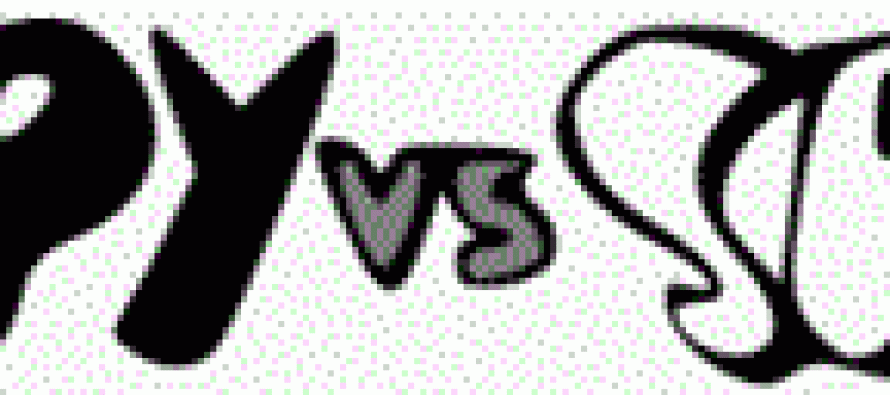CA utilities outfoxing Cap and Trade law

 This is Part 2 of a two-part series on Cap and Trade. Part 1 is here.
This is Part 2 of a two-part series on Cap and Trade. Part 1 is here.
Recent news about California’s cap-and-trade emissions program is like reading a Spy vs. Spy comic strip in an old Mad Magazine, where spies try to outfox each other with booby traps.
There is a paper war going on backstage between California municipal utilities, public regulated utilities and out-of-state utilities with California’s cap-and-trade program, where each is trying to outfox the other. The program and its quarterly auction of greenhouse gas emissions was set up in 2012 by the California Air Resources Board under AB32, the Global Warming Solutions Act of 2006.
The warfare is called “resource shuffling,” whereby it is difficult or impossible to trace whether the electrons being transmitted into California from other states come from clean or dirty power plants.
Another term for “resource shuffling” is “megawatt laundering.” Like money laundering, the term is used to describe the process of obscuring the true origins of electricity sold in the market. The infamous Enron Corp. was accused of “megawatt laundering” during the California Energy Crisis of 2001.
According to economist Danny Cullenward of the Berkeley Energy and Climate Institute, due to a loophole both private and municipal electric utilities can export their emissions to other states for no real net reduction in global CO2 (carbon dioxide). Cullenward calls this an “accounting trick.”
“Resource shuffling” is defined as: “any plan, scheme, or artifice to receive credit based on emissions reductions that have not occurred, involving delivery of electricity to the California grid.” Violation of resource shuffling rules is a criminal offense as electricity suppliers must attest that they are not doing so under penalty of perjury (Section 95852 (b) (2) of Final Regulation Order).
Resource shuffling trickery is difficult to prove
Total California CO2 emissions in 2011 were reported as 374.78 million tons (page 11). But Cullenward states 30 to 60 million tons of CO2 have “leaked” out of compliance with California’s cap-and-trade program thus far. Economists doing research for CARB estimate 74 million to 319 million tons of emissions could escape the cap and trade “cap” by 2020. As Cullenward describes it, “[T]he resulting loophole could be bigger than the market itself.”
The way “resource shuffling” works is a municipal or private electric utility terminates its contract for “dirty” coal power from a power plant in Arizona, Nevada or Utah to comply with California’s green laws. The utility then signs a contract with a natural gas or solar power plant, or both, to buy cleaner power. But the natural gas and the coal power plants just swap contracts and ship the cheap coal power to California and the cleaner gas power to other customers.
In many cases it is legal to do so if the transaction involved 1) is in compliance with SB1368 of 2006; 2) is in compliance with the U.S. Environmental Protection Agency; or 3) “safe harbor” rules are followed for the early divestiture of a power resource allowed under the state’s cap-and-trade law.
The reason that California utilities are trying to trick CARB is that they must keep power rates low for their customers. Stanford economist Frank Wolak explains:
“Resource shuffling is the same thing as serving the interests of your shareholders or your customers, and therein lies the big problem and the challenge in trying to prohibit it. It’s analogous to telling utilities not to do what is least-cost to comply with the regulation.”
Energy reporter Debra Kahn says that definitively proving resource shuffling is difficult and hard to answer.
Enter Obama’s EPA CO2 reduction mandate
The only apparent solution is to compel other states to join California’s cap-and-trade market. Just this week, President Obama’s Environmental Protection Agency finalized a rule mandating reductions in CO2 that may force other states into California’s cap-and-trade market. However, Oklahoma Attorney General Scott Pruitt indicates that imposing the “cap-and-trade scheme” on other states would be a violation of the U.S. Clean Air Act.
All of this game playing flies in the face of a new economic study by economist Charles R. Frank of the liberal-centrist Brooking’s Institution that conventional hydro, nuclear and natural gas power can provide roughly the same CO2 reductions at way less cost than wind or solar power.
It is difficult to find out who is tricking whom with the implementation of California’s cap-and-trade law. But one thing is for certain: Californians are going to be paying higher electricity bills as a consequence unless their local utilities can outfox the rules.
That is, unless the green energy ball can be pushed back uphill and California goes back to relying on low- and no-carbon hydro and natural gas power, or re-opens the San Onofre nuclear power plant. But that has about a popsicle’s chance in Death Valley.
Related Articles
Cal Robs America for Rail Loot
John Seiler: I hope that the rest of America is happy that even more of its tax money will be
CA GOP ‘Idiots’ Lose State Senate
FEB. 6, 2012 By JOHN HRABE Back to the campaign drawing board for California Republicans. The California Supreme Court recently
Rebranding High Speed Rail
Katy Grimes: Another great idea from a few of California’s elected Democrats proposes a “blended system” integrating high speed rail


